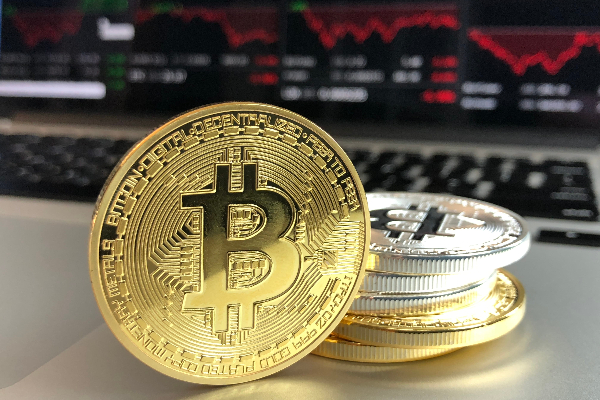
The world’s largest cryptocurrency has made great strides in the past two weeks as it finally smashed through the $10,500 mark for the first time this year after failing to do so on multiple occasions. Bitcoin’s strong bullish momentum pushed the asset to the $12,000 level on August 10 before dipping substantially within 10 minutes to $11,750 as it failed to sustain that price level. Prices have been hovering between the $11,700 to $11,900 range since then, citing data from CoinMarketCap.
Considering that the $10,500 mark has proved to be a significant and stubborn resistance level for most of the year, will Bitcoin find itself struggling to move past $12,000 as well? Several hedge fund managers and investment firm executives have mixed opinions on the possible direction of the market in the coming weeks.
On one hand, some experts in the industry are calling the $12,000 mark a “material resistance” level for Bitcoin, and have identified it as a psychological barrier that can only be broken if there is “significant sustained buying” action for a longer period of time. However, others are certainly taking a more optimistic stance on this.
“Right now at least, the inability to clear US$12,000 is more of a breather than the beginnings of a reversal. The next real resistance level is US$13,800 and Bitcoin bulls would be wanting to see that level clear convincingly to mark the cryptocurrency’s emergence as 2020’s biggest winner,” Patrick Tan, CEO of Novum Alpha, a crypto hedge fund management firm based in Singapore, said.
He shared that while $12,000 is undoubtedly a strong level of resistance, there are significant factors that are steadily driving the Bitcoin market forward, such as central banks persisting with unprecedented levels of fiscal and monetary stimulus. Moreover, the increased market participation of institutional investors rather than retain investors have resulted in record levels of open interest on Bitcoin futures on CME.
Speaking to Forbes, managing director at Digital Management Capital Tim Enneking, echoes the above sentiments as he sees this as a “period of consolidation”. The Bitcoin market has shown “no real weakness” despite the dip in prices and this trajectory is nothing compared to the prolonged sideways trend Bitcoin saw from October 2019 to July 2020.
Bitcoin network transaction fees peaked for the year at $6.63 in May, and in the past two weeks, fees have come close to hitting that mark on August 6 at $6.48. Between July 26 to August 8, transaction fees have fluctuated from $3 to $5 and then over $6. On August 9, fees finally dropped to $2.72, a two-week low since the end of July, but shortly increased again within the next 24 hours to $5.15, coinciding with Bitcoin’s rise to $12,000 level.
You may also want to read: Bitcoin is Maturing – How is This Beneficial to The Investors?


